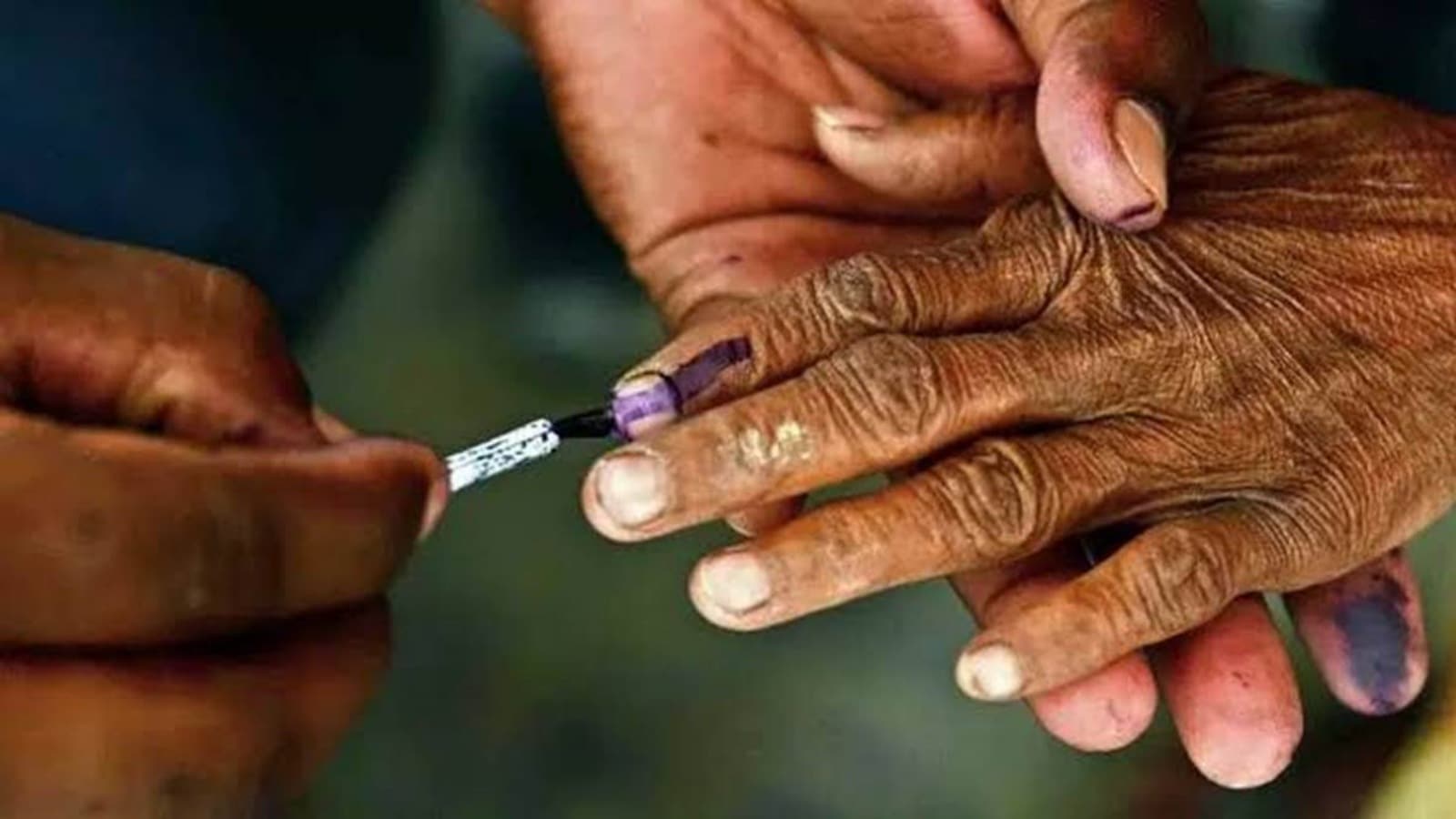India, like many romantic hopefuls on dating apps like Tinder and Bumble, seems to be looking for The One.
The government is vigorously pushing for its One Nation, One Election idea. In November, the Cabinet approved ONOS or One Nation One Subscription to provide countrywide access to international scholarly research articles and journal publications. And what is the Uniform Civil Code but One Nation One Civil Code? One national language, one river linking all, one national book — the quest for a Chosen One is endless. The overarching, or should we say unifying, rationale was articulated by the Prime Minister when he exhorted voters to vote for the same party at the Centre and at the state because “Ek hain to safe hain”.
A country as diverse as India has always been looking for unity in its diversity. Mostly, that has been an exercise in platitudes, the subject of tedious school projects and Doordarshan programmes — the pageant with children dressed as Hindu, Muslim, Sikh and Christian or a concert of the folk dances of India. If One Nation One Whatever is being pitched as the “mahamantra” of the new India, Unity in Diversity was the sermon of the old India.
At one level, they seemed to be cut from the same cloth, both trying to find a common melody where mile sur tumhara hamara in some kind of harmony. But there is a difference. In the US, where citizens pledge allegiance to “one nation under God”, there has been a long debate over the tossed salad model of integration versus the melting pot one. One thinks the diverse parts need to be celebrated and together, they will add up to a whole that’s more than the sum of its parts. The other feels until the diverse parts are melted into a homogeneous mash, they will never truly become part of the whole. In India, we could call it the pulao vs khichdi debate perhaps.
The anxiety over how to knit India together is an old one. In 1884, civil servant John Strachey said “there is not and never was an India and it will never become a united nation.” After a hard-won Independence that left the country partitioned and bloody, it had seemed “unity in diversity” was the wisest strategy to keep the young nation together. It was a way to reassure everyone that they had a place in the new country, no matter how they dressed, what language they spoke, or what food they ate. But to truly celebrate diversity, beyond Republic Day Parade pageantry is never easy. Diversity can often feel threatening because it can push us outside our comfort zone. An indivisible one feels so much safer.
Nusrat F Jafri’s recent book This Land We Call Home about her tangled family tree is illustrative. One side of her family traces its lineage back to the Bhantu tribe, designated a criminal tribe by the British. On the other side, she goes back to Muslim office bearers in royal courts. Just the names on the family tree sound like a unity-in-diversity school project — Hardayal, Prudence, Abid, Nusrat, Meera, and finally Dylan Jafri Roy. It also comes with the kind of unity-in-diversity fable we love — her Muslim father opening the house to all the neighbours, of all faiths, to come together to watch the Ramayana on television on Sunday mornings.
Yet, the story is also riddled with hot-button issues that polarise India today. Her great-grandfather converts to Christianity and becomes a preacher. Another forebear also converts to Christianity but he is a Brahmin, not someone seeking to escape the burden of being Dalit. Conversion, inter-faith marriage, inter-caste relationships are all fraught anxiety-provoking topics even today. Yet they are as much part of Jafri’s unity-in-diversity story as the heart-warming Ramayana-watching anecdote. It might offend many of us but perhaps the one thing that unites Indians of all stripes is our ability to take umbrage. Taking offence is our unity in diversity.
most read
This messiness of true diversity is hard for most of us to digest. It’s far easier to rally the troops behind the idea of The Chosen One, to regard diversity as something distracting, even dangerous. Yet that Holy Grail of unity will always be elusive in a country where we cannot decide on one biryani or one mango, where my great-grandmother happily kept an assortment of gods and goddesses in her puja room without preferring one. Even as the powers that be seek one ring to rule them all, Indians revel in their love for multi-cuisine, a word the English language does not recognise but Indians know only too well.
As a food purist, I may shudder but in a glorious hotchpotch of a country, perhaps much-maligned multi-cuisine is trying to remind us that sab ka saath, sab ka vikaas.
Roy is a novelist and the author of Don’t Let Him Know


